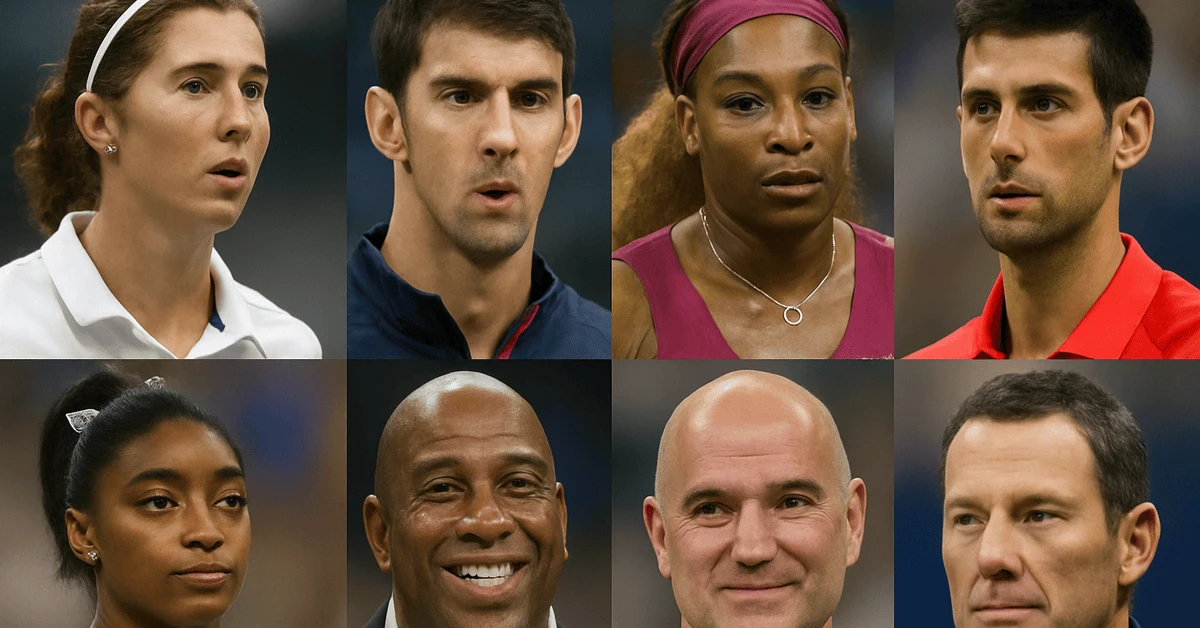Last Updated: July 4, 2025
🏳️⚧️⚖️ The Battle Over the Women’s Category
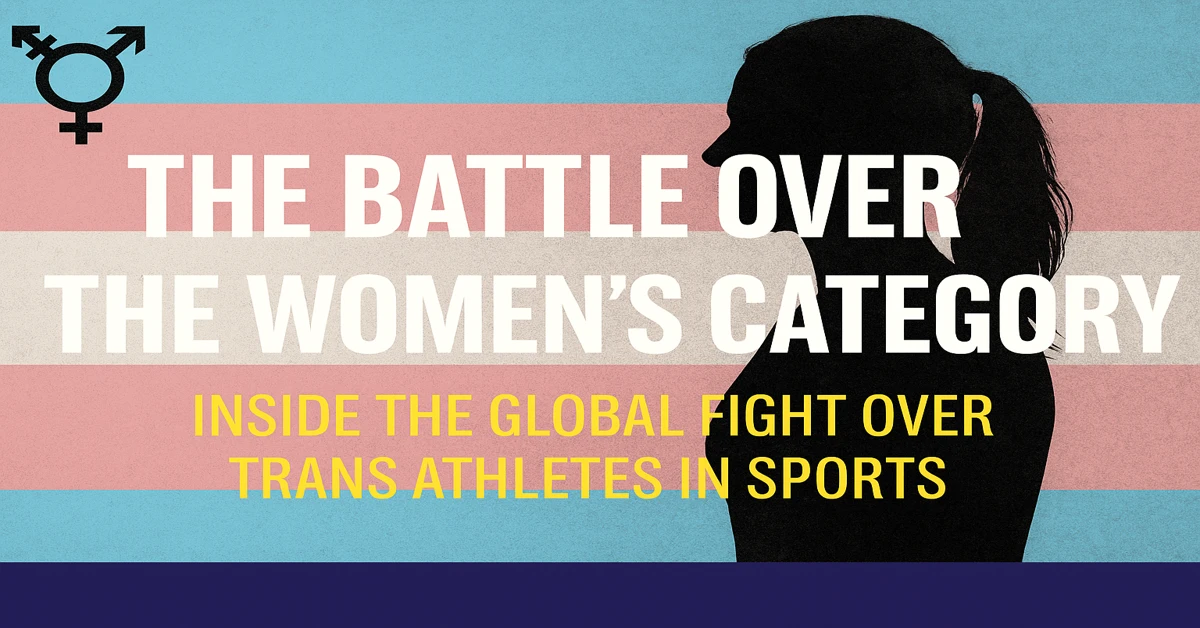
Inside the Global Fight Over Trans Athletes in Sports
Introduction:
In locker rooms, courtrooms, and boardrooms around the world, a seismic debate is unfolding: Who gets to compete in women’s sports? What began as an issue of inclusion has become a flashpoint in culture, law, and science. At the center is a single question with no easy answer: How do we balance fairness and inclusion in sports divided by sex?
Across continents, transgender women are facing bans, while governing bodies, athletes, and advocacy groups grapple with redefining what it means to be female in a sports context. The battleground is not only policy but people—the athletes living under decisions made in rooms they’re not invited to.
This story uncovers the quiet politics, science, money, and human cost behind one of sport’s most divisive issues.
Chapter 1: The Catalyst Moments
It started as a trickle of stories—track victories in Connecticut, a weightlifting competition in New Zealand, a collegiate swimmer in Pennsylvania. By 2021, Lia Thomas’s NCAA championships win as a trans woman ignited national outrage and global headlines.
But what made this a movement rather than a moment was what followed:
- Idaho and West Virginia banned transgender girls from school sports.
- World Athletics barred trans women from elite female events unless they transitioned before puberty.
- UK Football Association excluded trans women from female leagues at any level in 2025.
“We’re witnessing the beginning of a global legal and ideological war over who gets to play.” – Dr. Riley Thompson, sports law expert
Chapter 2: What the Leagues Won’t Say
We obtained internal documents from two major sports governing bodies—names redacted to protect sources—showing months of deliberation behind closed doors.
They reveal:
- Leagues are pressured by sponsors and insurers to enforce “gender clarity policies.”
- Female athletes have threatened lawsuits over lost spots and prize money.
- Committees have privately acknowledged that science is “inconclusive but politically volatile.”
“The optics of trans inclusion are good for DEI metrics, but we must avoid legal exposure.” – Exec VP, Internal Policy Memo (2024)
Chapter 3: Voices from the Arena
🧍♀️ The Women Who Stay Silent
We spoke anonymously to five elite female athletes from the U.S., Australia, and the U.K. All cited fear of retaliation if they spoke publicly.
“If I say I’m uncomfortable, I’m labeled transphobic. But that doesn’t change the fact that I lost my spot on the podium.”
“We train for decades. We give up everything. Now I feel like my category is no longer protected.”
“I support trans rights. I just don’t know where the line should be drawn.”
Chapter 4: The Science is Not Settled
There is no global medical consensus on trans athlete inclusion.
- Testosterone suppression reduces strength but may not erase all advantages.
- Studies point to retained traits like skeletal size, lung capacity, and height.
- Cis women also vary widely in biology—so where should lines be drawn?
The IOC now supports a “sport-by-sport” approach, acknowledging complexity.
“The data is patchy, the timelines vary, and we’re being asked to draw ethical lines with biological tools that don’t yet exist.” – Dr. L. Fernández, endocrinologist
Chapter 5: The Money Behind the Movement
Follow the money and a clearer picture emerges:
- Conservative groups are backing lawsuits and legislative bans.
- LGBTQ+ groups are funded by corporate tech and lifestyle brands.
- Public brands like Nike support inclusion but pause campaigns due to backlash.
“It’s not about athletes anymore. It’s about market segmentation.” – Anonymous sports marketing exec
Chapter 6: A Legal Reckoning is Coming
The U.S. Supreme Court has taken up landmark cases. Their rulings will likely reshape global policy:
- If the Court upholds bans, other states and countries may follow.
- If struck down, Title IX could expand—and also face new legal challenges.
Australia and the EU are already drafting laws based on these precedents.
Chapter 7: What’s At Stake
This isn’t just a sports issue. It’s a global referendum on gender identity, fairness, and women's rights.
- Will young girls feel encouraged or discouraged to compete?
- Can inclusion and fairness truly coexist?
- Who gets to define "woman" in sports—science, politics, or society?
“We risk alienating both trans athletes and young girls. If we don’t get this right, everyone loses.” – Julie Cooper, former Olympic swimmer
Conclusion: Beyond the Headlines
The headlines scream controversy. But behind them are real people—trans women seeking belonging, female athletes seeking fairness, and governing bodies seeking clarity amid chaos.
As laws are written, policies passed, and games played, the question lingers: What will the women’s category mean in 2030?
Will it be a symbol of progress, protection—or division?
✅ Reader Takeaways:
- The debate is legal, medical, emotional, and ongoing.
- There are real human stories and political forces shaping the outcome.
- The next Supreme Court ruling could change sports as we know them.
- This isn't just a trend—it’s the future of sports equity worldwide.
You May Also Like:

Biological Sex Testing & Trans Athlete Ban: How Women’s Sports Policies Are Rapidly Changing in 20...
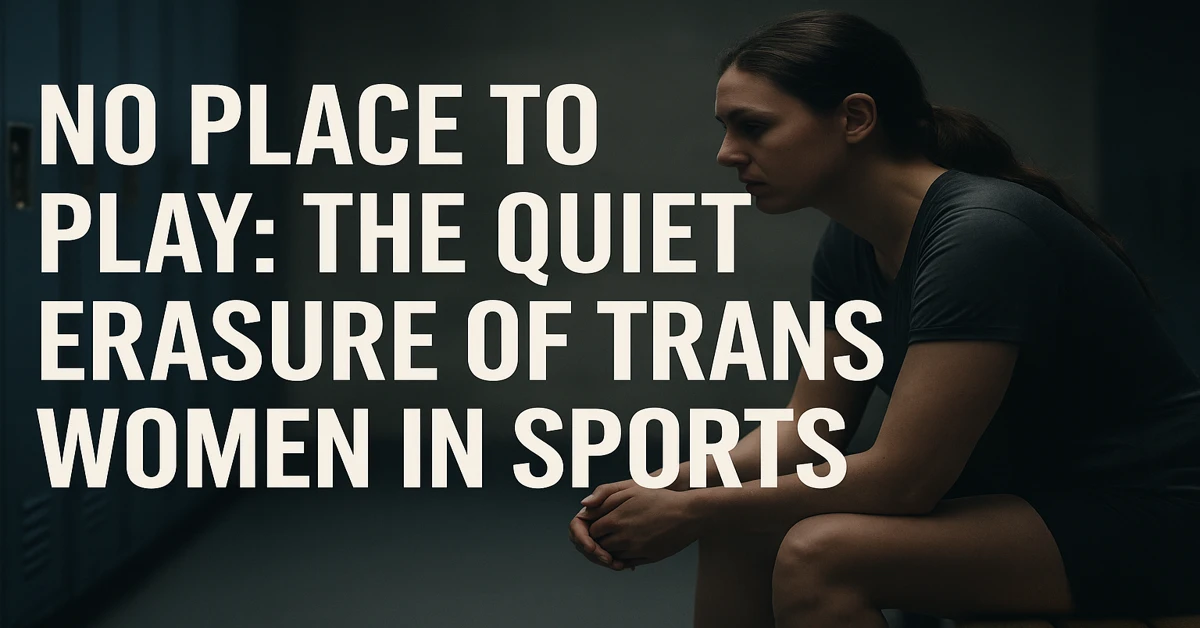
No Place to Play: The Quiet Erasure of Trans Women in Sports...
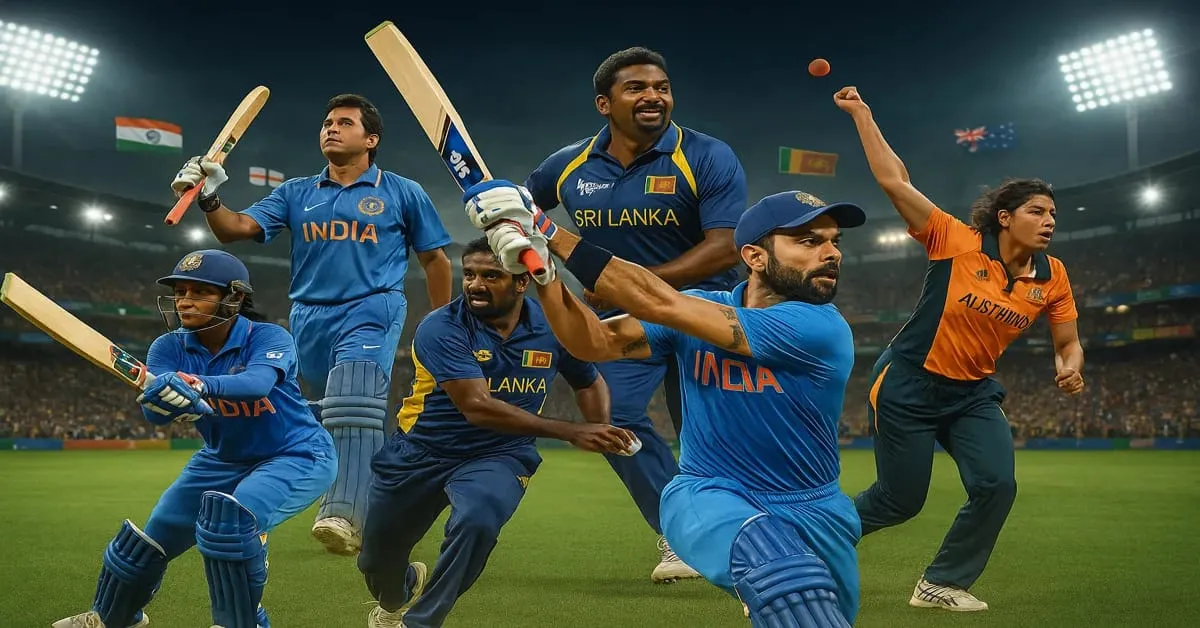
Virat Kohli vs Cricket Legends: A Battle of Records Across Genders...
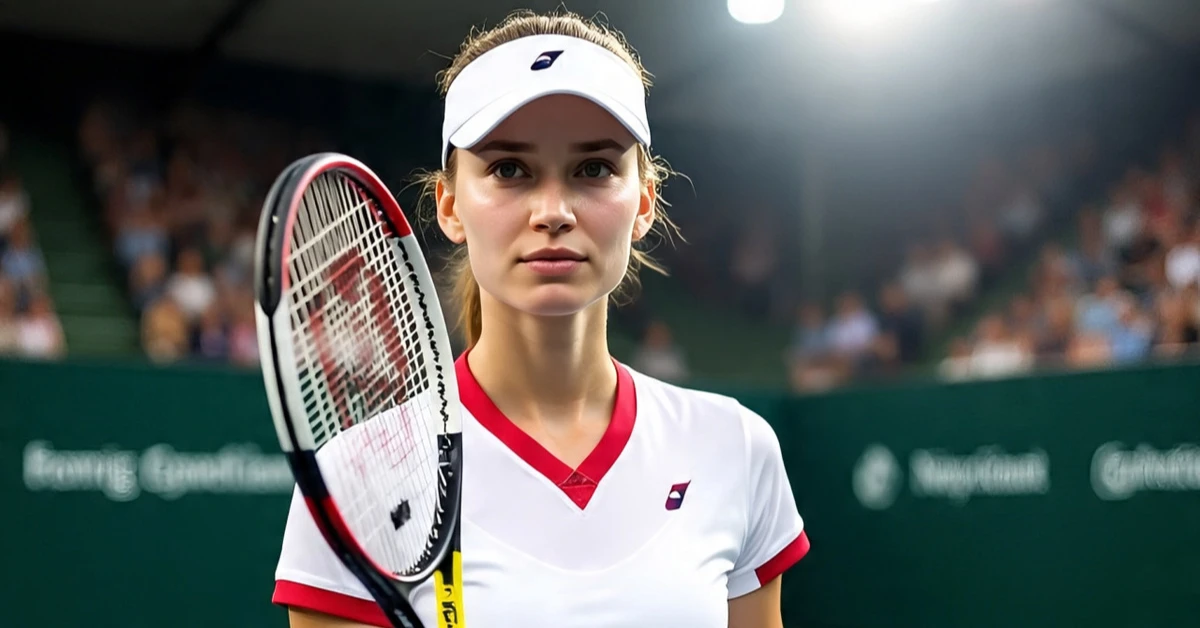
Elena Rybakina’s Journey to Tennis Supremacy: The Fierce Fight for World No.2...

The Silent Killer Inside Your Kitchen: What You're Eating Every Day Without Knowing It...

How Chinese Brands Quietly Took Over Global Smartphone Design...
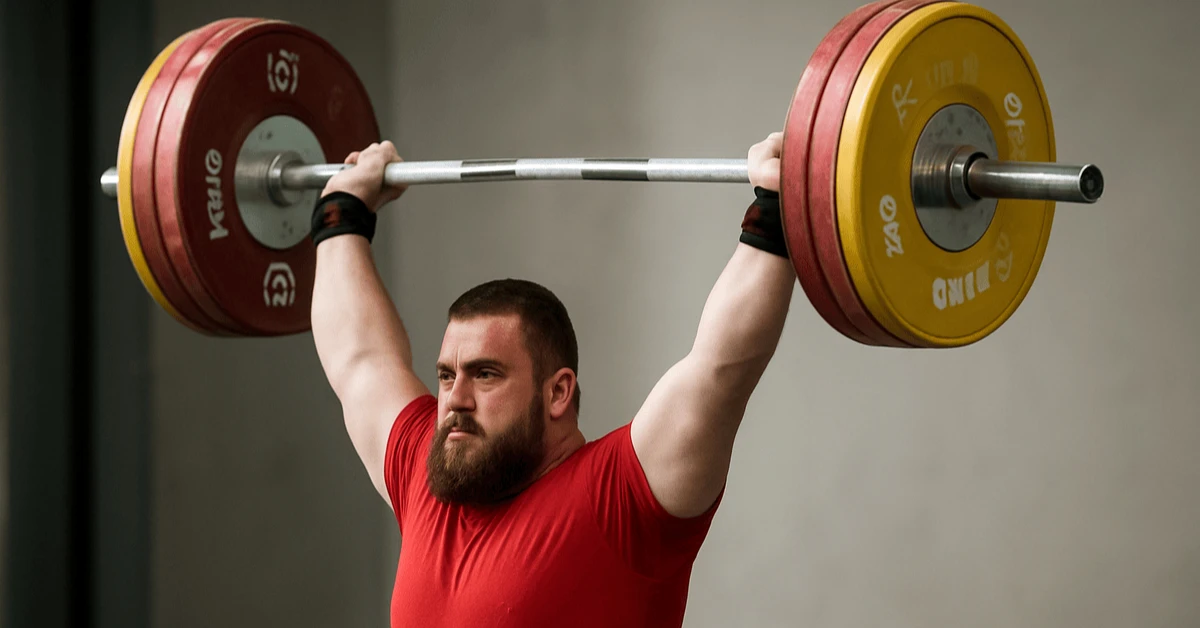
Why This Tiny Country Keeps Producing the World’s Strongest Athletes...
